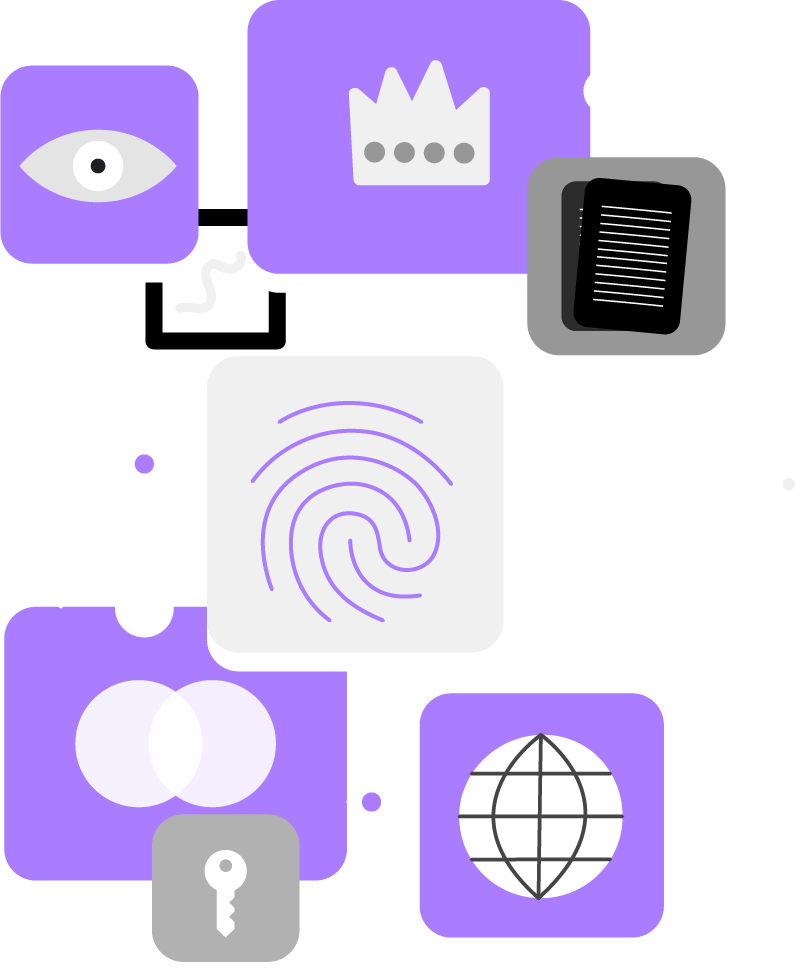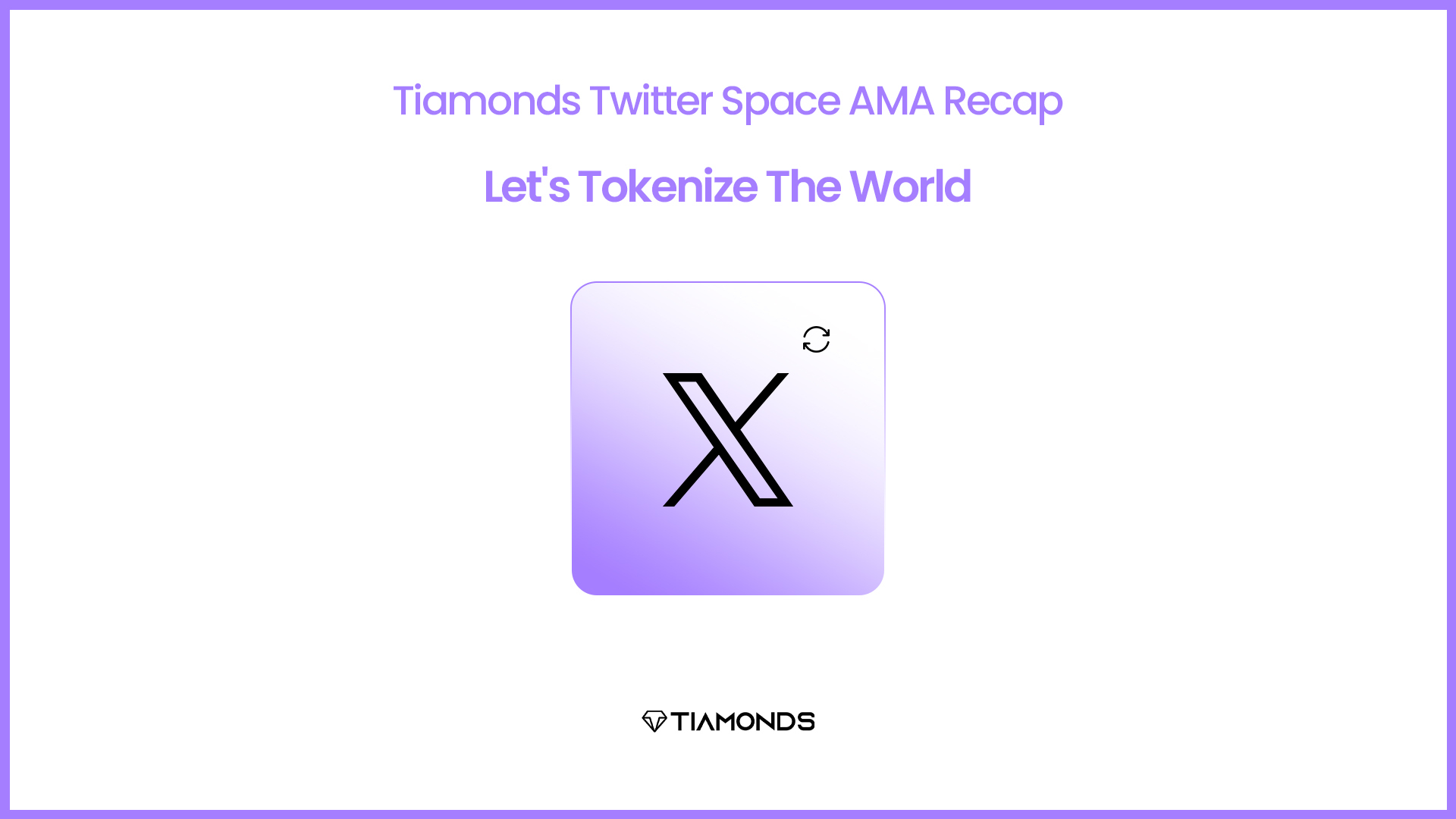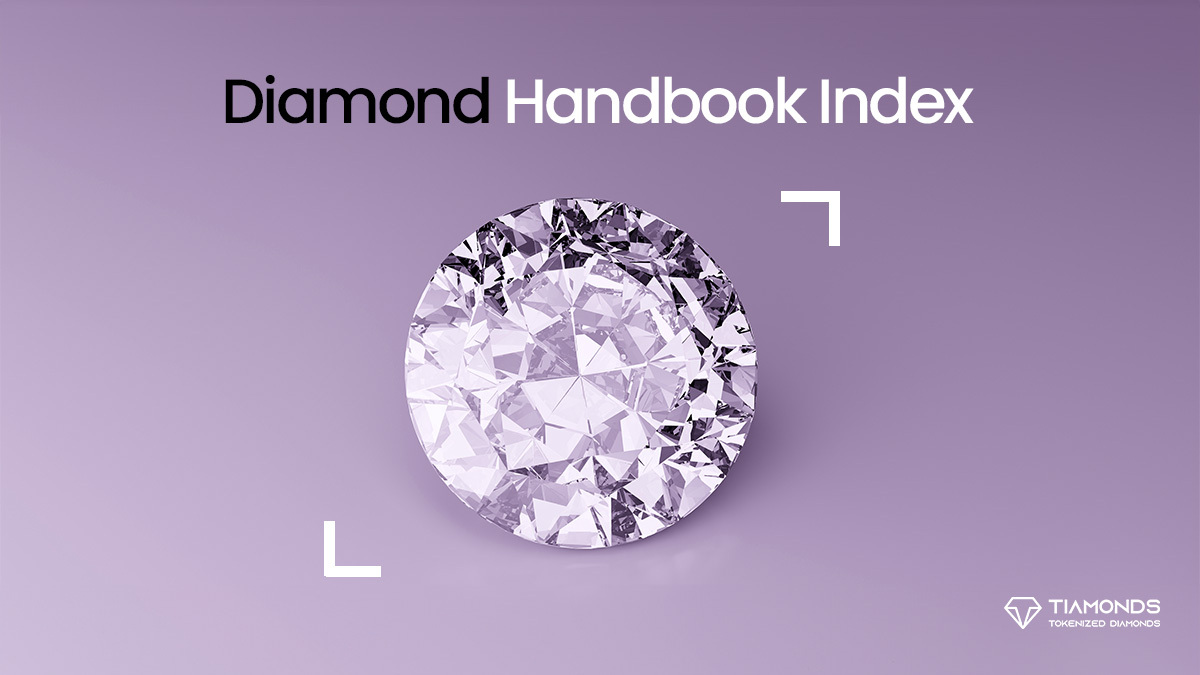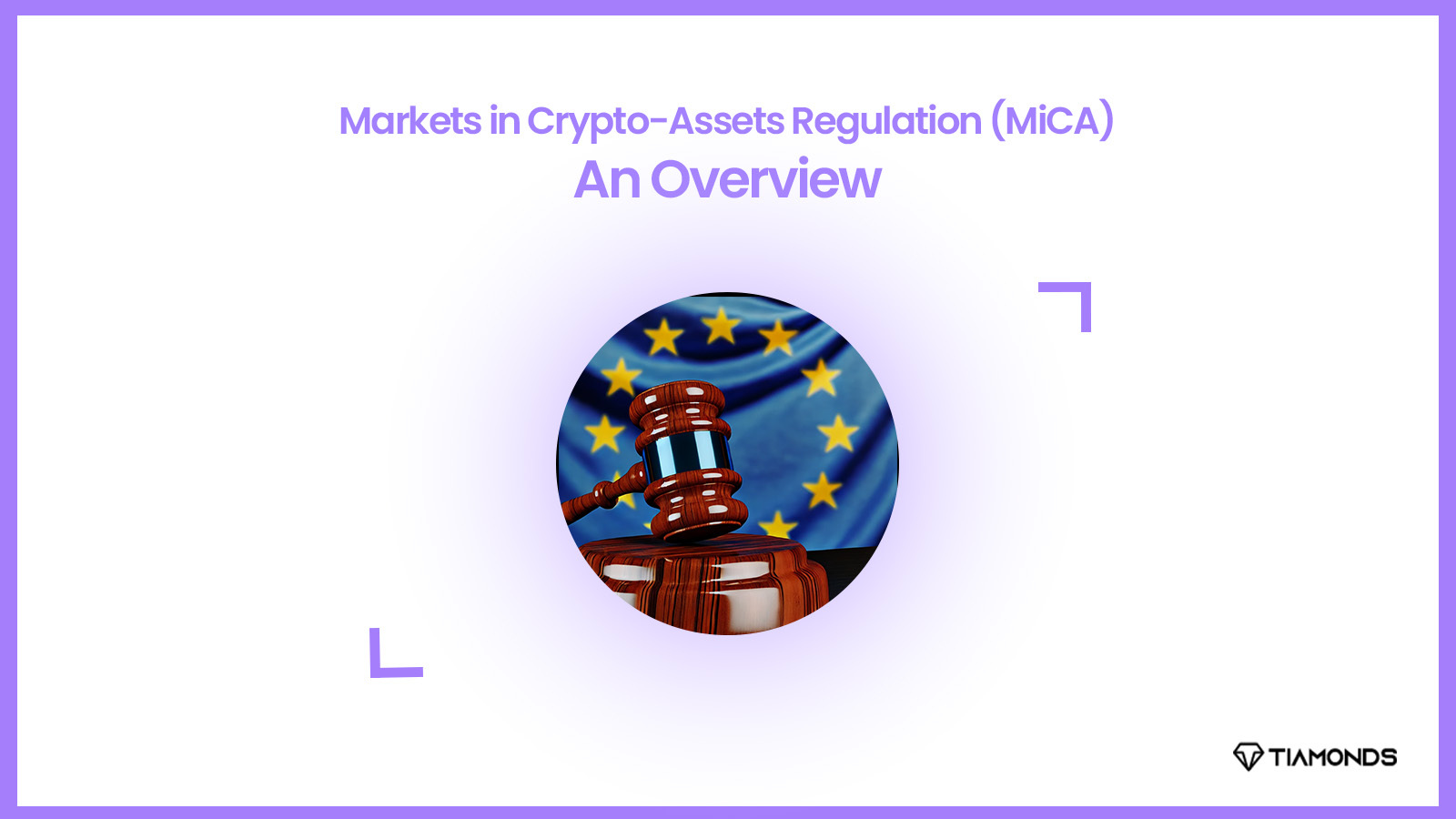Nothing compares to buying a piece of digital art and receiving a one-of-a-kind token as proof of ownership. It seems interesting, right? Okay, so let’s begin.

Non-Fungible Assets are digital assets that can take the form of anything from visual or musical works to videos or even gifs. As they are generated on the distributed ledger, each one is guaranteed to be completely unique and therefore impossible to forge. To minimize the possibility of fraud when buying, selling, and trading these assets, they are first tokenized. These virtual assets follow the same protocol as cryptocurrencies when being generated.
NFT implies unique properties that make it incompatible with other similar items. Cryptocurrencies, like fiat currency, are fungible in the sense that they can be traded for one another. One Bitcoin is equivalent to another Bitcoin. NFTs, on the other hand, can’t justify their value because each NFT is unique.
These are an evolution of ERC721 tokens. Its token’s value is what sets it apart from all the others on the blockchain and gives it a distinct identity. It’s a typical token used on the Ethereum Blockchain. Tokens like these can be moved around between different user accounts and are commonly referred to as “Non Fungible Tokens”. Between 2020 and 2021, NFT completely dominated the industry. The public went wild for them, and some people even made money off of them.
How NFT Works?
For NFTs to function, all trades must be recorded in the blockchain, a distributed public ledger. Blockchains such as Ethereum, Polygon, Avalanche, Cronos, etc. hold these digital assets, with Ethereum being the most popular. These are digital assets that can take the form of anything from a work of art to a piece of music to a virtual character or collectible. Some tweets have even been sold for thousands of dollars because of their value as NFTs. Creators have begun including ‘Unlockable Content’ in their assets in an effort to increase their popularity. A creator or artist may give their digital asset some practical use. Only the owner of the NFT will be able to access this feature. This supplementary material is bundled with the digital asset.

They provide a way for blockchain-based content producers to earn money from their creations. They no longer have to rely on middlemen like auction houses or art galleries to make a profit from their creations. The royalty system will also be useful to artists. When an NFT (non-fungible token) is sold on a marketplace, the person who made it gets a royalty.
Conclusion
As a result, NFTs have become the standard in Web3 applications. In the virtual world, digital assets have completely altered the landscape and the way people connect with one another. The NFT market has exploded, with some of these fetching prices in the millions. The applications of these digital assets go far beyond the realms of art and gaming. They are authorized to produce evidence of ownership, issue licenses, and grant exclusivity.




